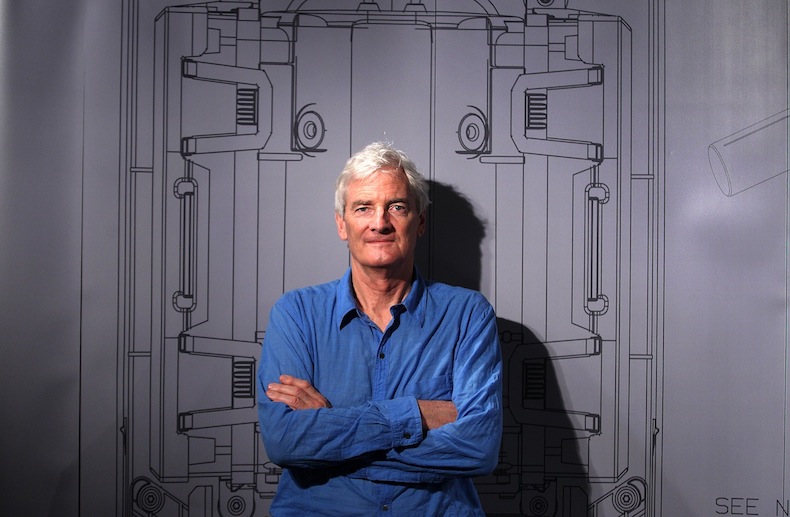Our blog
The Dyson Effect
In 1978, a British industrial designer named James noticed how the air filter in his factory’s paint room was constantly clogged with powder. To address this problem, James, being a bright lad, designed and built an industrial cyclone tower, which removed powder particles using the concept of centrifugal force.
Later, while renovating his home in the southwest of England, James became frustrated at how frequently his vacuum cleaner clogged-up when cleaning dust. James was naturally inquisitive. And, when exploring this problem he identified a universal flaw with vacuums: all bag vacuums lost suction when the bag filled up.
Taking the concept he applied to filter powder in his factory, James transferred this principle to create a bag-less vacuum, whereby through centrifugal force, dust collects at the bottom waste bin while air is released from the top.
With confidence in his design, James attempted to partner with existing vacuum manufacturers. However, no one showed willingness to support his prototype. Not one was willing to deviate from conventional or “normal” vacuum designs, even though James's proved more effective.
Skip forward to 2011 and James’s company, Dyson, occupies a 46% share of the U.K. vacuum market and generates an annual global sale of £1.06 billion.
James Dyson didn’t simply create a modern-looking vacuum cleaner. He applied science, innovation and research to create a vacuum that performs better than we thought possible. And, in doing so, he took us out of the conventional and into the extraordinary.
